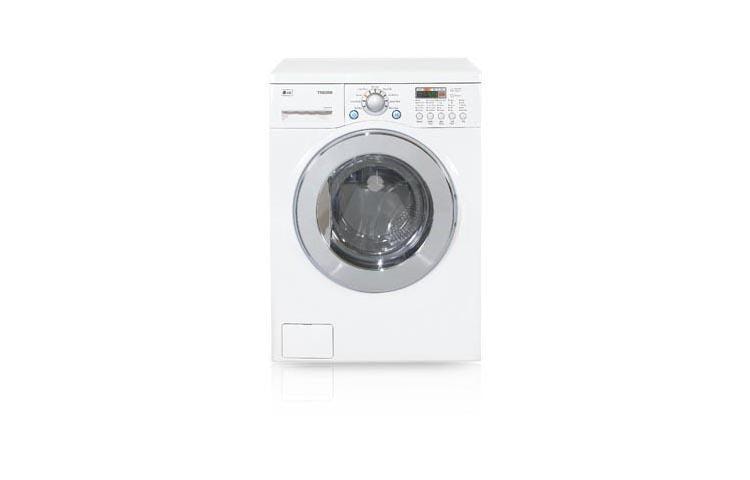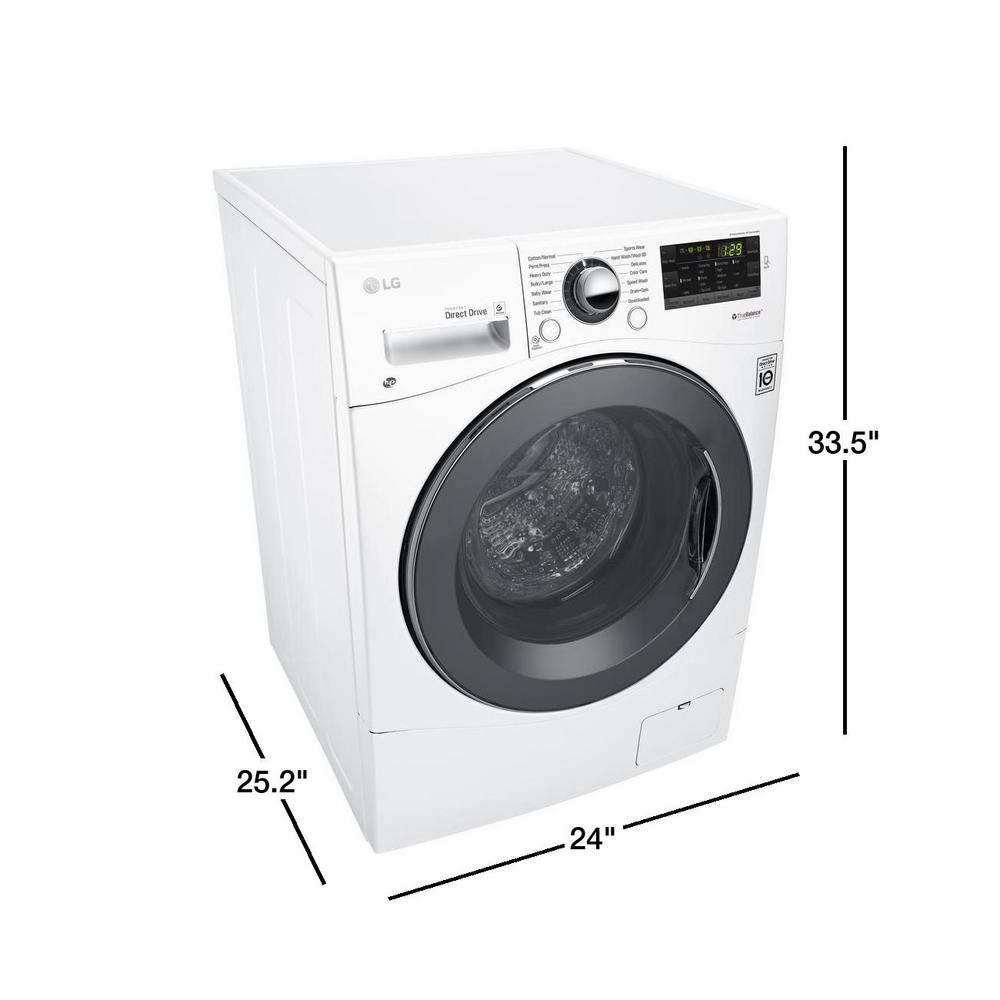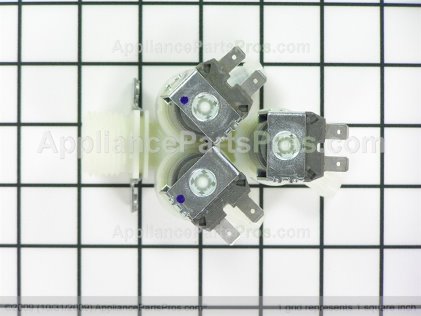Why Is My Lg Washer Leaking Underneath

Watch this instructional video to learn about how to correct leaking issues.
Why is my lg washer leaking underneath. Leaks from the safety air vent on the back of the washer occur when detergent residue has built up in the tub and or your clothes. Keep reading below for the most likely part or parts on your washer that may be leaking. If your machine is a front load washer please visit our article on leaking front load washer. 4 however if you do find water under the washing machine after running a wash cycle then there is something leaking under or around the washer to fix the small leak it may be something easy such as tightening a hose changing o rings or replacing a water inlet filter screens.
Leak under washer a leak under the washer indicates a hole in the water pump. Access the drain pump at the lower left corner of the washer and manually drain the washer using the black drain hose on the left side. Water motor failure. If you are handy you can find a repair manual for your washer model and replacement parts.
Learn how to use update maintain and troubleshoot your lg devices and appliances. Leaking washing machine troubleshooting guide. Here are tips to fix a washer that leaks water from the bottom. Washer door seal leaking water from bottom of washer door washer door seal or boot is the rubber gasket that seals the door on a front load machine when it is closed.
The drain hose may be leaking. This is one of the most common problems. If your machine is a top load washer please visit our article on leaking top load washer. There will be quite a bit of water that drains we recommend placing 1 2 towls down then placing a large casserole dish on top and draining the water into the dish.
Leaking issues in front load washers can be resolved easily without a technician. It should be replaced immediately to prevent water from falling directly on the motor. In that case water will leak from the door when the machine is filled. The drain hose most commonly leaks from the connection between the pump and the back of the washer.
Leaks from top load washers are easily resolved without a technician s support if the source can be identified. It can be torn or simply becomes too stiff to seal properly. If the washer is pushed too far against the wall the hose can rub against the wall and form a leak. Inspect the drain hose for leaks.
These troubleshooting methods will cover washer water leaks from underneath during fill when not in use during wash cycle in front behind washer around door and leaks from the detergent drawer. The first step towards stopping the leakage is to discover the source.

















